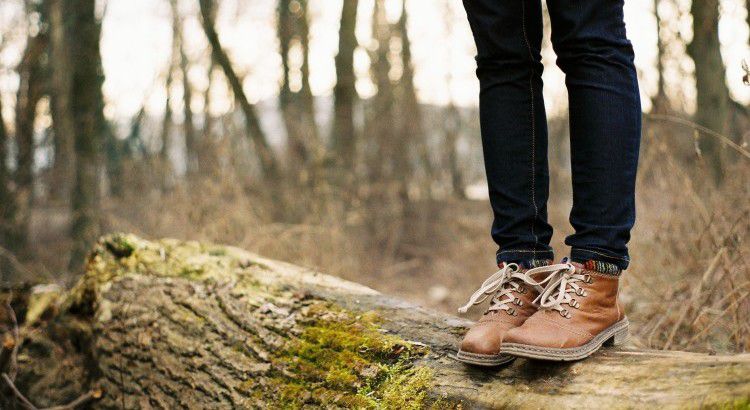Mold affects different types of people in many different ways. Every person comes into contact with some type of mold spore daily, however a majority of people don’t suffer severe side affects. Mold symptoms generally resemble hay fever – rash, fatigue, as well as severe to mild headaches have been reported. Generally speaking, and according to Vicki Lankarge, there are 5 main symptoms that anyone who comes into contact with mold may experience:
5 Symptoms of Exposure to Mold
- Nasal and Sinus Congestion
- Coughing
- Wheezing or difficulty breathing
- Skin and/or eye irritation
- Upper respiratory infection including sinus
Mycotoxins
If everyone comes into contact with mold spores daily, why does it only affect some people? In most cases, its not that mold isn’t affecting that individual, its that the mold the individual is taking in, does not carry mycotoxins. Mycotoxins are what cause these symptoms and what are so poisonous to humans.
Who is Most at Risk for Symptoms of Mold Exposure?
Because mold can harm anyone no matter how healthy they are, this is a harder question to answer. According to Vicki Lankarge, there are three ‘types’ of people that are more susceptible to mold exposure problems:
- Individuals with a respiratory disorder such as asthma, chronic obstructive pulmonary disease
- Individuals who have an immune system already weakened by cancer or HIV
- Individuals that are either very old, or very young
Remember, these problems are not limited to these people, because anyone who comes in contact with mold can be harmfully affected.
Do You have Children, specifically Babies?
Young children, especially babies are more susceptible to severe mold problems. Their immune systems are still developing and especially in babies, their lungs are still growing stronger. According to Lankarge, there have been 45 cases since the incident in Ohio. 16 of these infants have died. When, small infants breathe in the mycotoxins, the blood vessels in their lungs are weakened. Repeated exposure to these mycotoxins, causes severe pulmonary hemorrhaging, or bleeding in the lungs.
Further Recommended Reading :
- Symptoms of Household Mold Exposure
- What do I do if I Have the Symptoms of Mold Exposure?
- Fighting Mold Naturally with Essential Oils
Joslyn from the MoldBlogger Team


69 comments